Did you know that you can browse the online collection of oral histories held by the Churchill County Museum and Archives? Just download the Churchill County Museum App. Click on “At Home,” then on “Other Online Exhibits.” Scroll down to red script and hit “Browse Collections.” You will then be able to access the Churchill County Oral History Project where 153 oral histories reside. Just click the name of the person whose history you wish to read, and read away.
Last week, I clicked on Doris Buerer Whalen’s Oral History, and I found myself connecting her memories to what I knew about life on the early Newland’s Project. She was born in the Harmon District on December 31, 1910. Her parents had moved to Churchill County from Oregon propelled by her mother’s health, which necessitated a drier climate, and lured by the prospect of finding work at the building site of a major component of the irrigation project: Lahontan Dam.
Construction on the Newlands Project began in 1903, but Lahontan Valley, during the first few Project years, received irrigation water directly from the undammed Carson River. Those waters were supplemented by waters from the Truckee River by way of Derby Dam, constructed between 1903 and 1905. and the Truckee Canal, built at the same time. Posters distributed throughout the country advertised “Irrigated Homestead Lands Now Open To Entry under the Truckee-Carson Project in Churchill County.” On February 5, 1906, the US Reclamation Service delivered the first water to Project homesteaders, then consisting of 674 men, women, and children settled on 108 ranches. However, 1905 and 1906 were low water years for both the Carson River and the Truckee River. Farms failed. Then, the floods came, in 1907, sending the undammed, raging waters into the heart of Fallon. Plans to dam the Carson River for storage found more favor, and the construction of Lahontan Dam began in early 1911. As news of the million-dollar project spread, a new wave of settlers entered the valley, including the family of Doris Buerer Whalen.
WHALEN: My father came down [to Fallon from Oregon] first because they were homesteading and found a place for them to live which was in the ditchrider house in Harmon. …This land had opened up as homesteads and it wasn’t long after that. He worked on Lahontan Dam with horses and scrapers…. I can remember going up there and he had a little tent house, a platform with the sides up and the top covered with a tent. My mother and I and my younger sister went up there and we would spend maybe several days before we’d come home…. I remember that tent.
John Townley, in his history of the Newlands Project, “Turn This Water Into Gold,” describes how the construction camp at the dam site “was divided into two areas: Lahontan City for the English-speaking workmen and their families and ‘Bohunkville’ for the large number of Slavs from Eastern Europe recruited to work at the site.” The camps were “model institutions,” absent the crime and chaos which had characterized the Derby Dam Camp. There was a reading room and a billiards parlor, and crews were well-fed. Doris and her family could feel safe when visiting there.
While her father moved dirt and broke rock, her mother learned to raise vegetables and turkeys.
WHALEN: Oh, she raised seventy-five or eighty, close to a hundred. And that was a chore when we got ready to help pick the turkeys….. but sold the turkeys and bought a Ford car. She bought it from the Fallon Garage.
After the work on Lahontan Dam was completed, Mr. Breuer continued to work for the TCID, operating a dragline. He planted a productive orchard on the Harmon property. His children’s education was important to him as well.
WHALEN: My father helped build [the Harmon School]. In fact, he was one of the instigators of the whole thing. Of course, he was pretty well educated himself and he’d gone to Napierville College so he knew that learning was very important.
The Buerer story, while it may not have personified the American Dream, certainly gave shape to the Lahontan Valley Dream. From raising turkeys to purchasing an automobile. From digging ditches to building schools. With fulfilling the dream came the hard work. Whalen recounted her endless chores: milking cows, shocking hay, mowing hay, raking hay, picking turkeys, and making clothes. But she also remembered taking part in the kind of pleasures unique to the valley: fishing at Dutch Bills, exploring Hidden Caves, swimming in the irrigation ditches, riding horseback, going barefooted on hot summer days.
Oral histories like Whalen’s provide us the details that help us to understand how, family by family, a dusty small place on earth became an enduring community.
Please send your thoughts, ideas, stories and ideas for stories to [email protected]



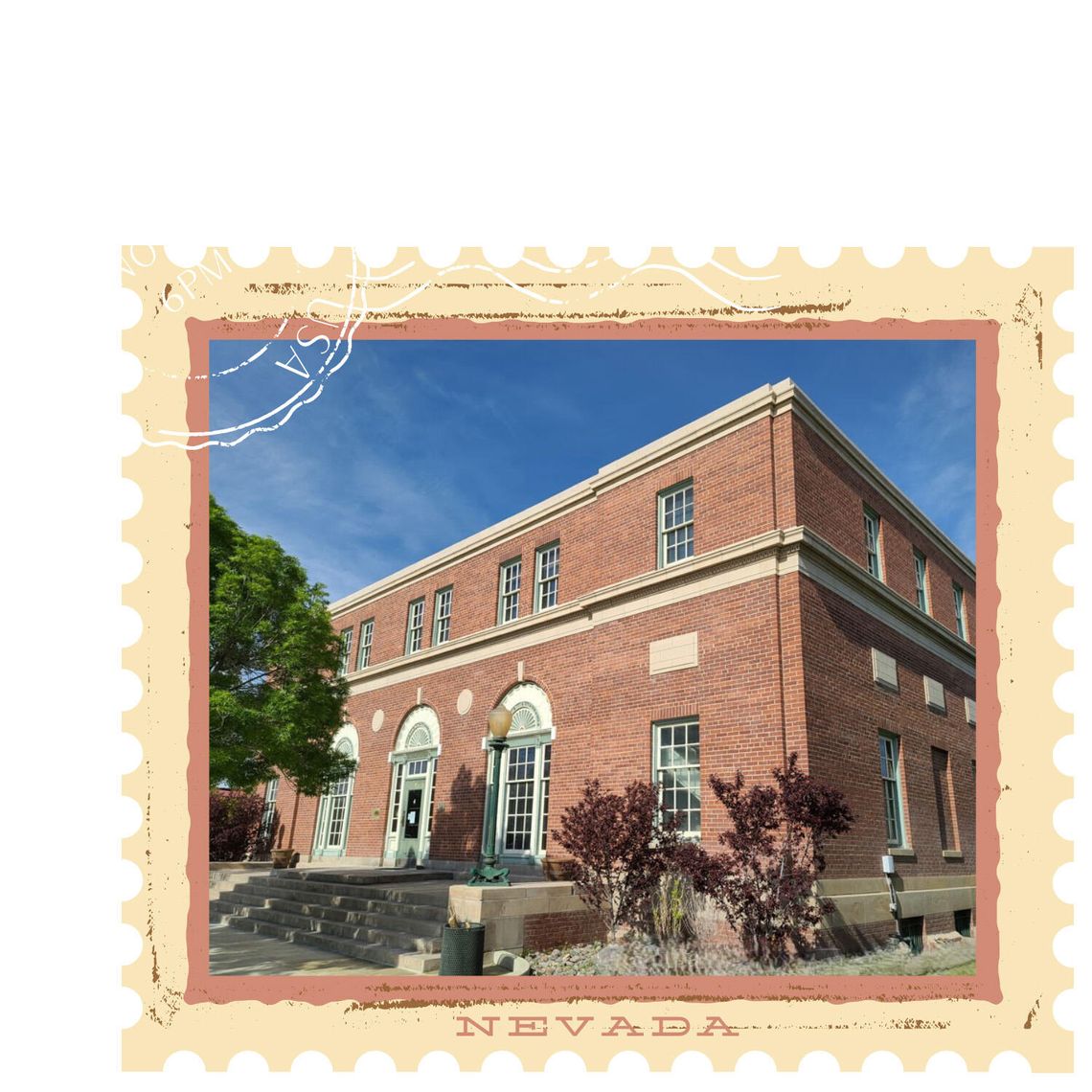
































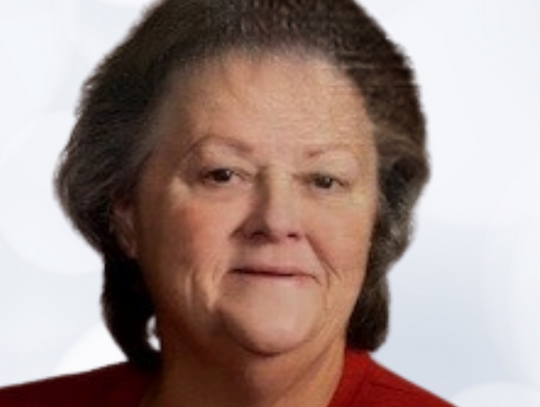
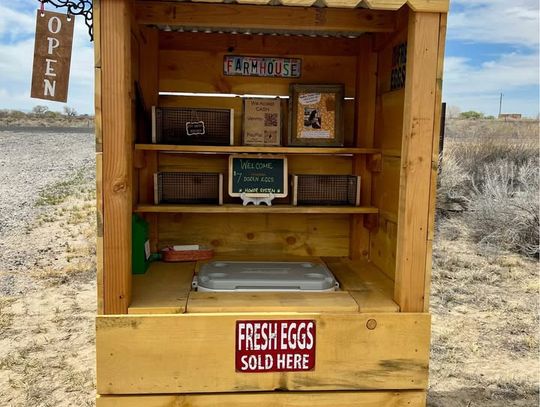
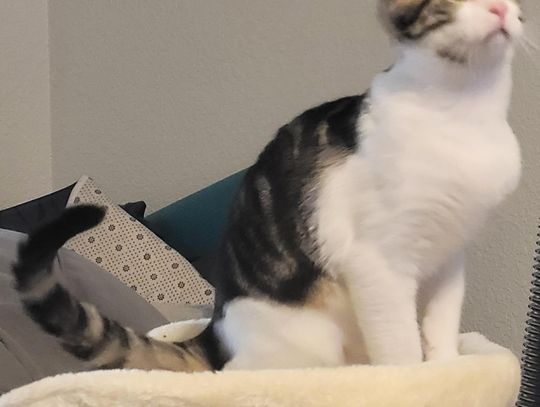
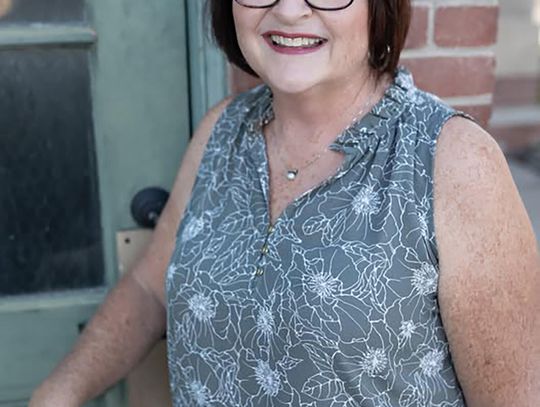
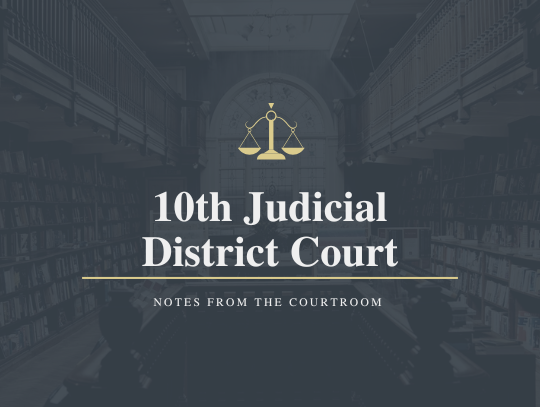


Comment
Comments